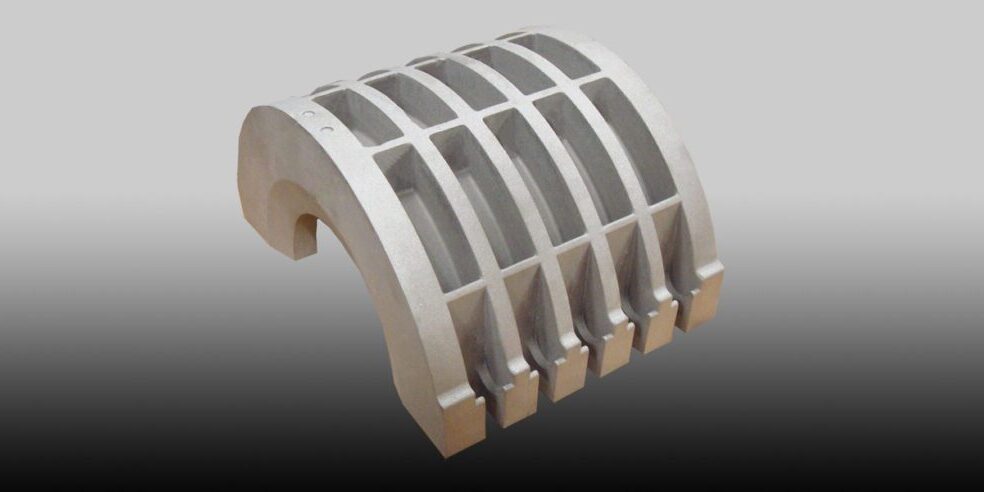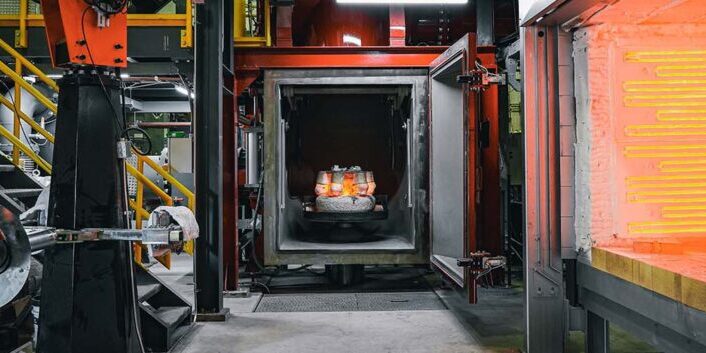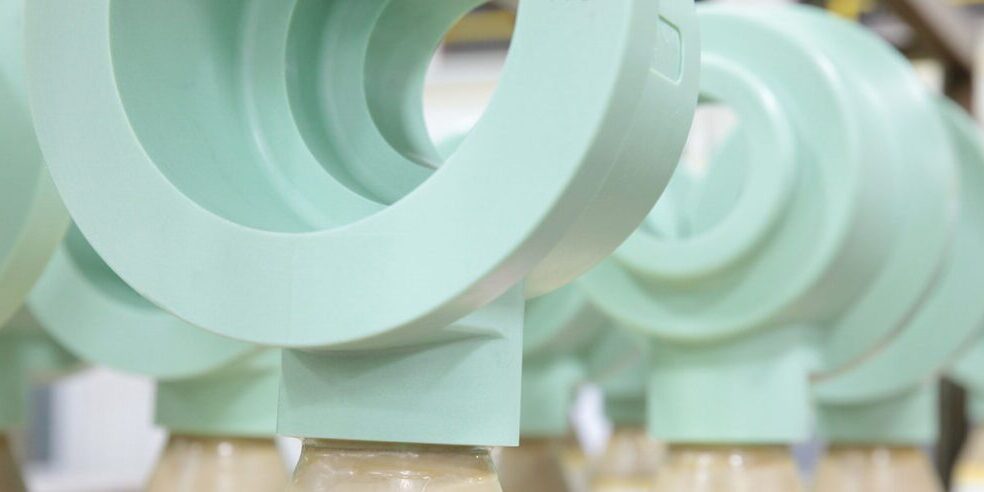Blog Investment Casting Misconceptions
Investment casting has many benefits over other casting processes. Ranging from cost savings (reduced machining costs and material use) to fine detail, tight tolerances, and superb surface finishes. MetalTek’s Wisconsin Investcast Division produces investment castings up to 1,000 lbs. (finished weight).
While there certainly are some drawbacks to investment casting, those aren’t related to the misconceptions surrounding investment casting. When used correctly, investment casting is highly reliable and cost-effective.
You can learn more about metal investment casting and how it works on our Investment Casting page. We are here to address some of the top concerns we have noticed over the years and set the record straight about the investment casting process.
Misconception #1: Investment casting is only for producing small components.
Truth: While investment casting is undoubtedly geared towards small and more intricate parts, it can be an excellent choice for larger metal castings. Metal part limitations are generally defined by the foundry’s capacity and material handling capabilities, not the investment casting process itself. Scaled-up foundries and technological advances now allow for reliable large investment metal castings.
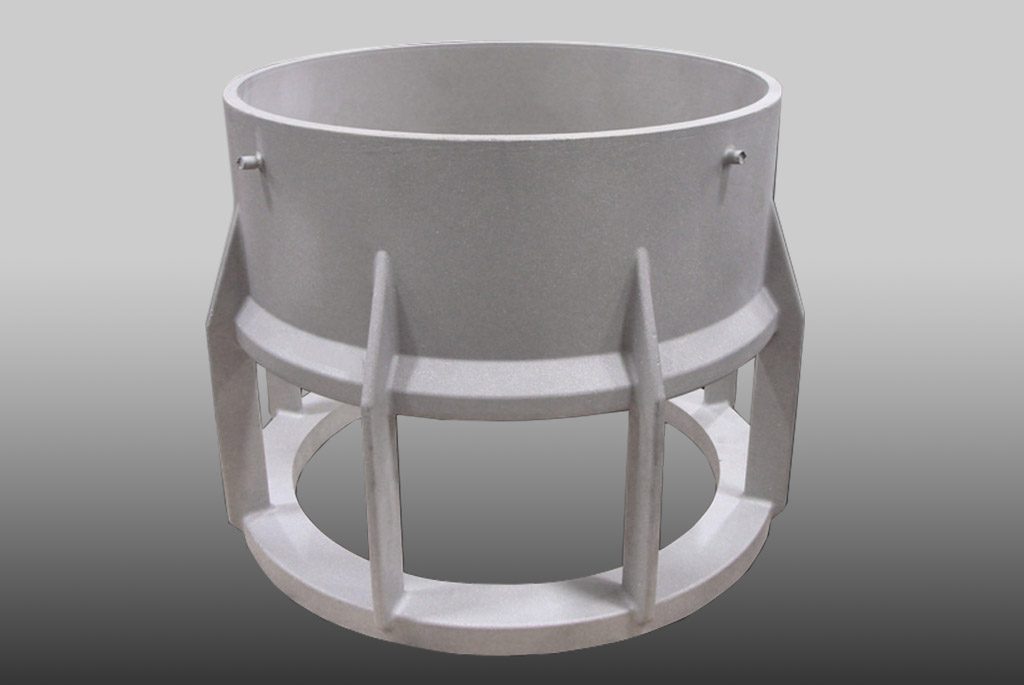
Misconception #2: Investment casting is cost-prohibitive for many metal castings.
Truth: Although the initial setup cost for investment casting is higher due to the need to create wax patterns and ceramic molds, the actual savings improve with larger order volumes. Also, the precision, high-dimensional tolerances, and excellent casting finishes reduce the need for extensive machining and finishing, resulting in savings in the long run. Investment casting might not be the right fit for small orders or parts that don’t require smooth finishes.
Misconception #3: Investment casting cannot achieve a high-quality surface finish.
Truth: One critical advantage of investment casting is its ability to produce metal castings with excellent surface finishes and intricate detail. The wax pattern in the process allows for intricate designs and smooth surfaces, often requiring minimal finishing. In contrast, in sand casting, the sand usually leaves a coarse texture, thus requiring additional machining or polishing. Investment casting is generally more precise and smoother.
Misconception #4: Investment casting cannot handle complex geometries.
Truth: Investment casting is well-suited for creating complex, thin walls, and intricate shapes that would be difficult to achieve with other casting methods. Larger metal casts are often an advantage in the investment cast process.
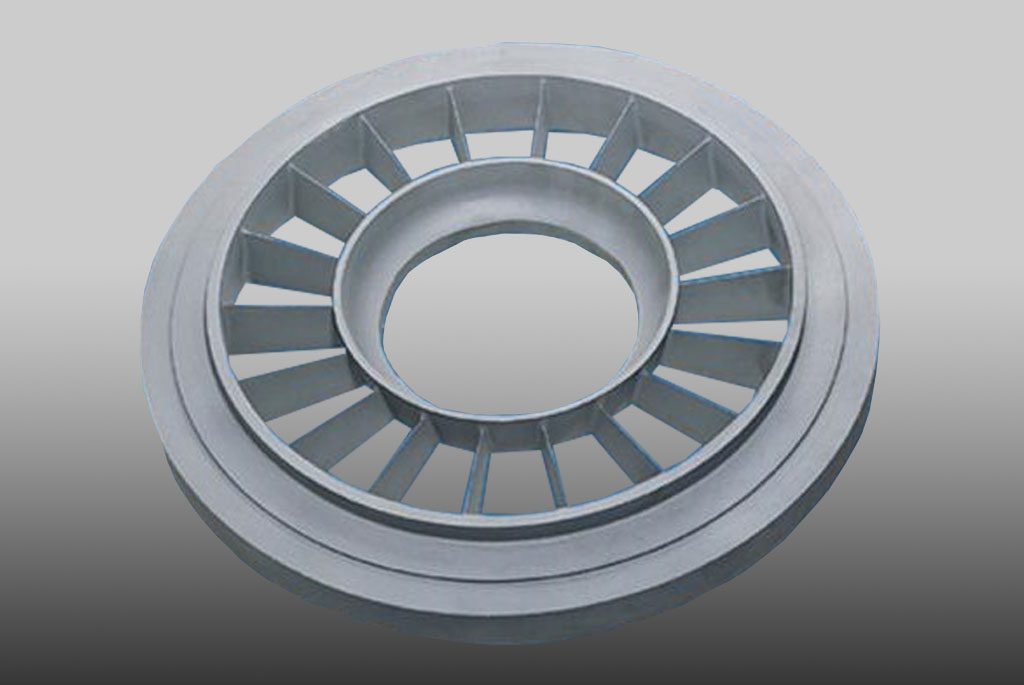
Misconception #5: Limited alloys are suitable, and investment casting offers little material flexibility.
Truth: Investment casting works with a broad range of alloys, offering flexibility in metal selection to meet specific application requirements. The experts at MetalTek can help determine the best-fit alloy for project requirements and cost-to-benefit ratio.
Misconception #6: It would be cheaper to sand cast and then spend money on machining to bring it to final project finish specifications.
Truth: This is not an either-or situation. Machining can be used alongside investment casting for projects. The saving comes into play with the amount of machining required for an investment casting, which is much less than a sand casting. The additional savings come from the alloy waste or usage (thicker walls) that sand casting requires versus investment casting. Investment casting produces parts with complex geometries, excellent part tolerances, and relatively smooth finishes, meaning less time and money spent on machining. Fewer areas require additional machining when compared to a sand casting, requiring almost the entire surface area. The reduced machining time adds to better lead times and overall project savings.
Misconception #7: The mechanical properties of investment castings are noticeably worse than rolled or forged parts.
Truth: Investment cast parts can have weaker mechanical properties to start, but that can be addressed with secondary processes like heat treatment. The comparisons in mechanical properties between rolled or forged parts and investment castings are often reasonably small. The significant upside of investment casting as an option is the superior flexibility in alloys available for use and lower production runs.
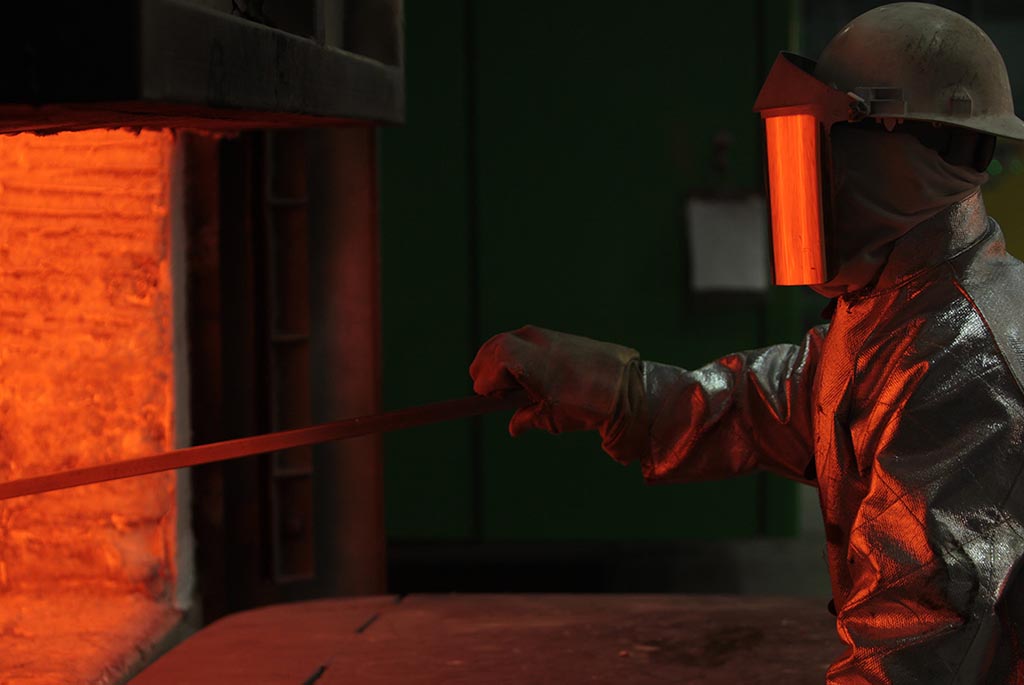
There are more misconceptions about investment casting, but it’s been around for a very long time. It can be cost and time efficient, and it can provide superior cast parts in a range of alloys. Understanding these misconceptions and the realities behind them can help you make an informed decision.
Remember, you are never alone in any casting project. The years of experience in the MetalTek experts can and should be utilized to craft the best-fit project for your metal casting needs. They can address any misconceptions. Don’t hesitate to reach out today and get your next casting project underway.

